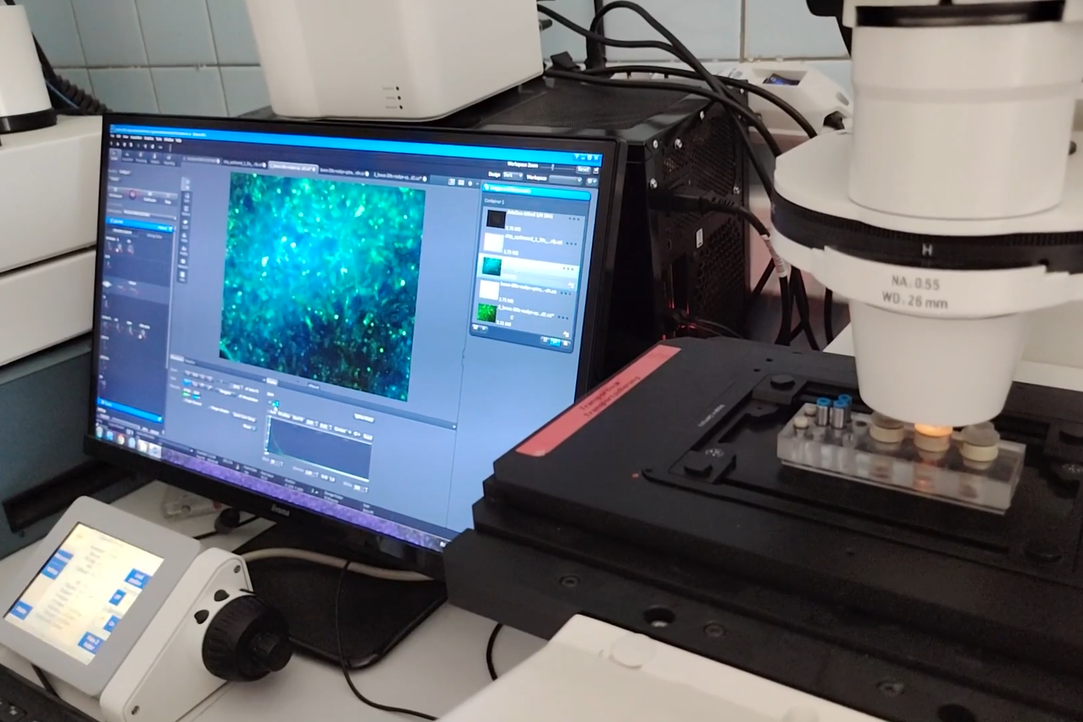
HSE Researchers Present Organ-on-a-Chip Models for Studying Preeclampsia and Inflammatory Bowel Disease at the III International Forum of Genomic and Biomedical Technologies
On December 4, 2025, Evgeny Knyazev, Head of the Molecular Physiology Laboratory at HSE University, delivered a presentation titled "Modeling Preeclampsia and Inflammatory Bowel Diseases Using Placenta-on-a-Chip and Intestine-on-a-Chip Models" at the III International Forum of Genomic and Biomedical Technologies "From Birth to Active Longevity" in Surgut.

Article on Molecular Physiology Laboratory Developments Published in "HSE University Science News"
The official HSE University website has published an article titled "New Models for Disease Research: From Petri Dish to Organs-on-a-Chip," focusing on the work of the Molecular Physiology Laboratory at the Faculty of Biology and Biotechnology in developing innovative approaches to organ-on-chip modeling and researching preeclampsia — one of the most dangerous pregnancy complications.

Molecular Physiology Laboratory and HSE.Tech Release Video on Biochips and Organs-on-a-Chip in “±10 Minutes.HSE.Tech” Series
The Molecular Physiology Laboratory at HSE University, together with the HSE.Tech portal, has produced a two-part video for the “±10 Minutes.HSE.Tech” series. The episodes explain organ-on-a-chip technology, its operating principles, medical applications, and the prospects of biochips for personalized therapy and artificial organs.
.jpg)
The paper by lab members was published in the highly rated journal Placenta
In the article “Modeling Preeclampsia: From 2D Cultures to Placenta-on-a-Chip Technologies,” Russian scientists have presented an overview of modern cellular models of preeclampsia—a dangerous pregnancy complication. The study covers two-dimensional and three-dimensional cultures, as well as advanced placenta-on-a-chip microfluidic technologies, allowing the examination of pathological mechanisms at the cellular level. The paper highlights the potential of CRISPR-Cas9 and personalized models for developing new diagnostic and therapeutic methods for preeclampsia. These advancements open prospects for more precise early diagnosis of preeclampsia and the creation of effective treatment strategies.
